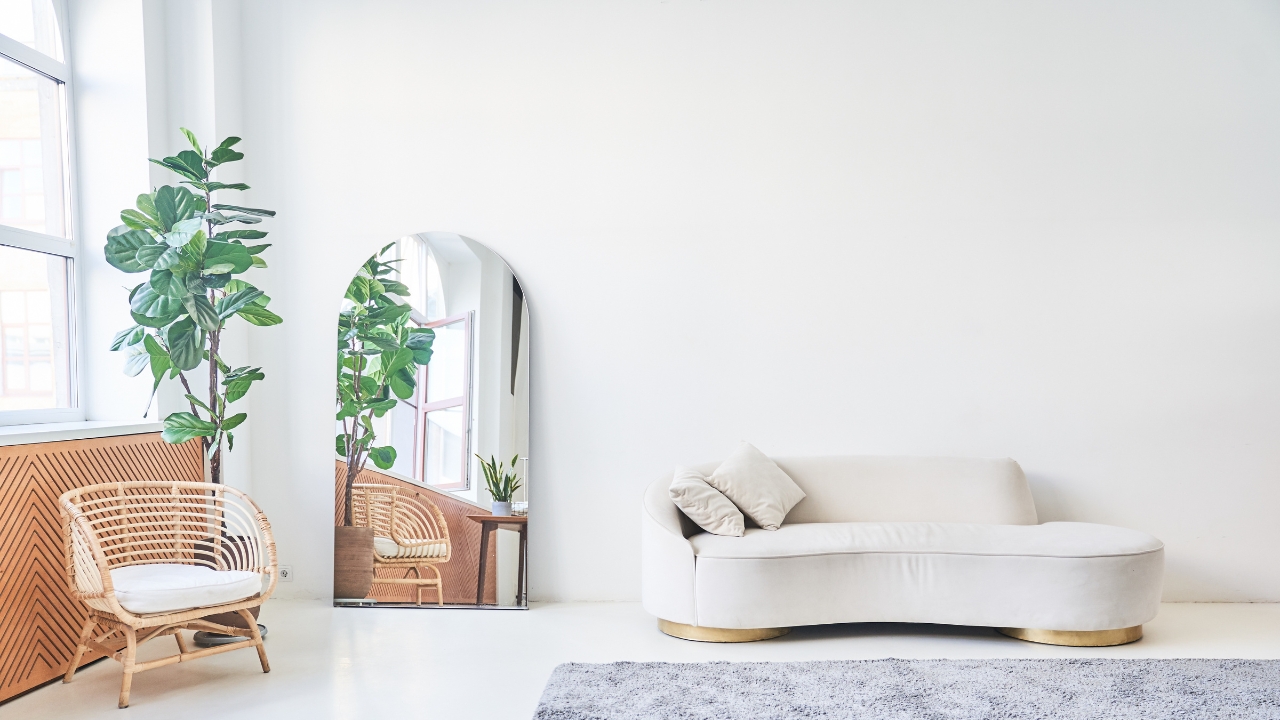10 things that make a space harder to relax in
Some rooms look nice but never feel comfortable—and that’s usually not by accident. Relaxing doesn’t come easy when your environment is working against you. Whether it’s lighting, layout, or the way the space functions, certain choices can leave you feeling restless even when everything’s technically “done.” If a room in your home feels off, these could be the reasons why.
Harsh overhead lighting

Bright, direct lighting might be good for working, but it’s terrible for winding down. Overhead lights without dimmers or softer alternatives can make even a cozy room feel sterile. Swapping in a few lamps or adding dimmable bulbs can instantly change how the space feels.
No real place to put your feet up

If your seating area looks good but doesn’t invite you to relax, it’s working against you. Chairs that are too upright, sofas with no ottoman, or spaces where you can’t kick back comfortably make it harder to unwind. Comfort needs to be part of the layout—not an afterthought.
Everything is too perfect

A room that’s overly styled can make people feel like they can’t touch anything. Too many fragile pieces or perfectly placed decor means nobody can settle in without feeling tense. It might look nice in pictures, but it doesn’t translate well for real life.
Cluttered surfaces

When every table, shelf, and corner is full of stuff, your brain doesn’t get a break. Visual clutter adds mental clutter. Even if it’s organized, too much decor, mail, or random things out in the open can make the space feel busy instead of restful.
Cold or hard materials

Hard floors, stiff chairs, metal tables—they might be trendy, but without balance, they pull warmth out of a room. Soft rugs, throw blankets, and cushioned seating bring in comfort that actually makes people want to sit and stay.
Loud or mismatched colors

Bright, clashing colors energize a space, but they’re not great for rest. If your walls, furniture, or accessories are all competing for attention, the room can feel overwhelming. Neutral or muted tones create a better backdrop for relaxing.
No personal touches

Rooms without any signs of life—no photos, no books, no familiar objects—can feel disconnected. Personal touches don’t have to be cluttered. They’re what help a space feel like yours, which naturally makes it easier to relax.
Poor airflow or ventilation

A room that feels stuffy or stale is hard to enjoy. If there’s no fan, open window, or circulation, it can make the space feel heavy fast. Even a small change like a tabletop fan or cracking a window can help the room feel fresher and more comfortable.
Uncomfortable temperature

A room that’s too cold or too hot throws everything off. No one wants to curl up with a blanket if they’re sweating, and cold floors make even a pretty room hard to enjoy. Adjusting the thermostat, adding a space heater, or using blackout curtains can help.
Noise that carries too much

Hard surfaces and high ceilings can make sound echo, which adds to the feeling of unrest. If every footstep or voice bounces around, it’s distracting. Adding rugs, curtains, or even soft furniture can help absorb sound and make the room feel calmer.
*This article was developed with AI-powered tools and has been carefully reviewed by our editors.







